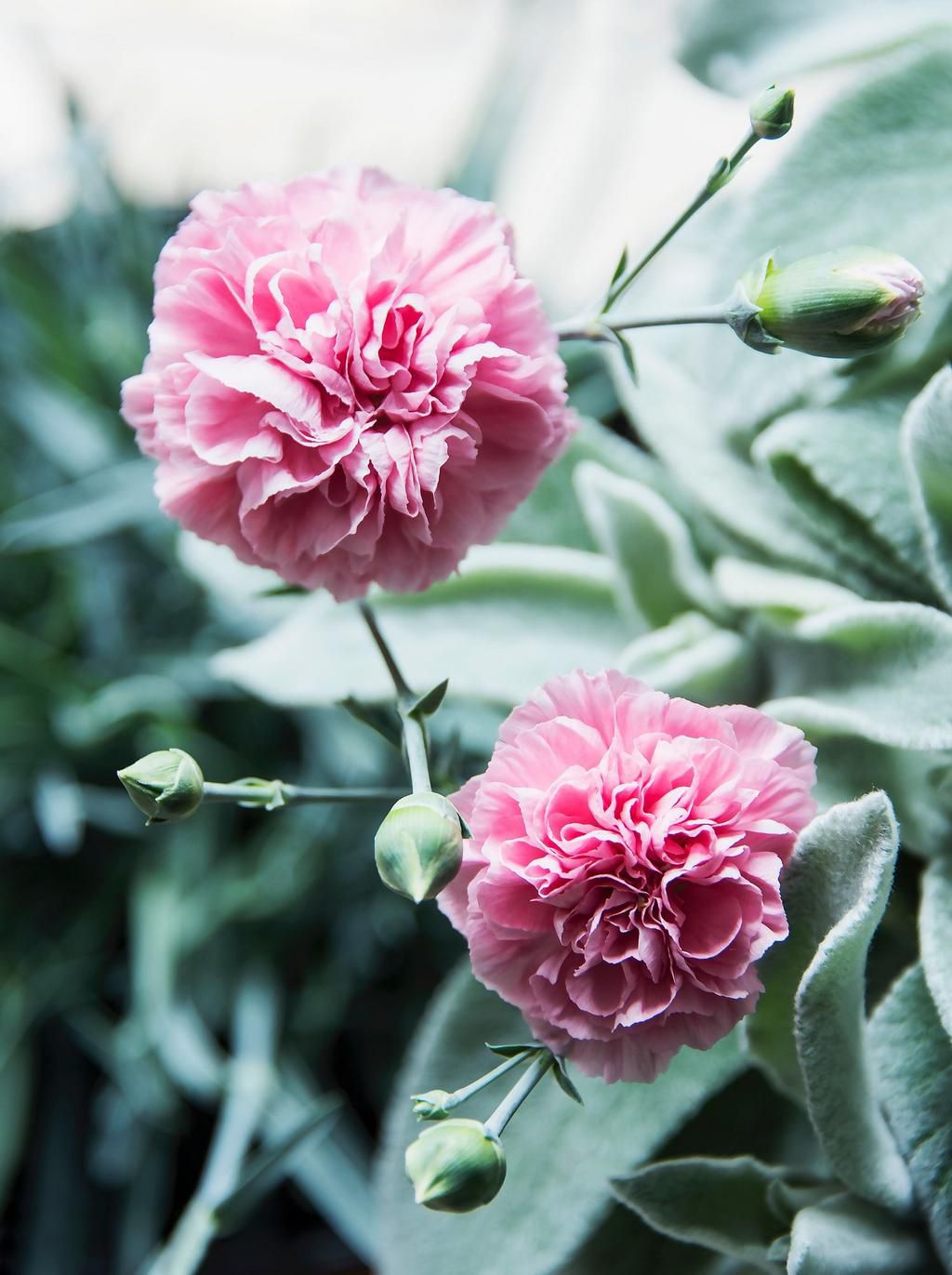The 10 Best Edible Flowers To Decorate Your Food, According To A Nutritionist
)
2) Hibiscus Because of its tart, almost citrusy flavor, Seyfarth likes to use hibiscus both in cooking and in tea blends. The bright flower also offers potential health benefits. In fact, one 2015 review found that regular consumption of hibiscus tea helped reduce blood pressure. Dried hibiscus flowers are easier to find than many other edible flowers. Use them to make tea, or sprinkle them over yogurt or oatmeal for a fun flavor boost. Sirapat Saeyang / EyeEm - Getty Images

3) Carnations Thanks to their bright, peppery flavor, Seyfarth also adds carnation petals to dishes on occasion. Sprinkle chopped petals into lettuce salad bases or use them as a cake garnish that also adds a slightly spicy bite. Magdalena Niemczyk - ElanArt - Getty Images

4) Roses Roses have a bold flavor, so Seyfarth uses them only as a garnish, which is just as well since they can be expensive. Try tossing thinly sliced rose petals into fruit salad for some floral notes or make your own rose water by steeping petals in hot water. ( Some research suggests that drinking rose water might be good for a sore throat, since it can help relax your throat muscles.) Robert Biedermann / EyeEm - Getty Images

5) Dandelions A popular ingredient in teas and other natural remedies, dandelion is an all-star edible flower. ( Research shows that the antioxidant-rich flower can help control blood sugar levels, which is particularly important in diabetes management.) Plus, dandelion's benefits arent limited to just the flower itself. While the tiny yellow petals work great in teas or as subtle pasta mix-ins, dandelions' leafy greens are also a fun alternative to kale or spinach, and you can find it in most grocery stores. Javier Fernndez Snchez - Getty Images

6) Lavender Love it or hate it, this light purple flower has an intense and perfumey flavor. Though research is mixed , many people tout lavender as being beneficial for digestion and anxiety. Either way, you can still add a spoonful of chopped-up lavender to cake or quick-bread batters for added flavor, or use the petals make a simple syrup for drinks. Olivia Bell Photography - Getty Images

7) Pansies Rich in several beneficial antioxidant compounds , pansies come in a variety of colors and have a delicate, floral flavor. Buy a bag that contains all different colors, candy them, and use them to garnish cakes or puddings. Or, chop them up and toss them into summery vegetable salads. Leonid Shkurikhin / EyeEm - Getty Images

8) Honeysuckle Honeysuckle has been a staple in Eastern medicine for centuries because of its supposed anti-inflammatory properties. Though research has yet to back up these claims, honeysuckle steeped in water or tea can be delicious and soothing. Be careful, though; while honeysuckle petals are safe, eating large quantities of certain honeysuckle berries (there are many different types) could be poisonous, says Seyfarth. charocastro - Getty Images

9) Chamomile Long beloved for its calming qualities, some research does suggest that chamomile can help you sleep. If you'd rather consume chamomile flowers in their natural form (instead of in a tea or extract), try sprinkling a few petals into a smoothie before you blend it. Just dont be too heavy handed; while the petals add a nice earthiness, theyre also pretty bitter, says Seyfarth. TorriPhoto - Getty Images

10) Purslane Like dandelions, purslane greens are sometimes used in cooking. However, their tiny flowers (often yellow) deserve some love, too. The next time you saut up purslane greens, garnish them with a few flower petals for good measure. Since research indicates the plant is relatively high in melatonin, eating it for dinner might promote sleep. Ali Majdfar - Getty Images

)
)
)
)
)
)